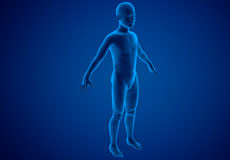
Pediatric Orthopedic Surgery
Surgery performed to treat orthopedic conditions in children and adolescents is called pediatric orthopedic surgery. Orthopedic problems in children are different from that of adults as the bones in children are constantly growing and are bendable until a certain age.
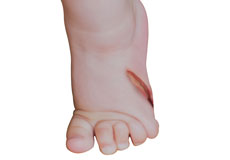
Acute Pediatric Injuries
Acute pediatric injuries are injuries in children caused by severe trauma. These injuries happen suddenly and range from severe bruises to bumps to broken bones.
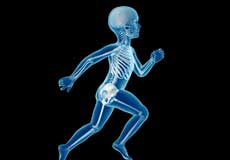
Adolescent Sports Injuries
Adolescent sports injuries are injuries that occur in children between 10 and19 years of age most commonly during sports and exercises. These injuries may result from accidents, poor training practices, use of improper protective gear, lack of conditioning, and insufficient warm-up and stretching.
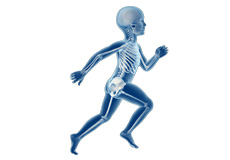
Pediatric Fractures
Fractures are more common in children due to their activities as well as their bone properties. Children are more active than adults and the management of fractures in them also differs as compared to that in adults. Fractures occur when the bone is subjected to excessive stress than normal.
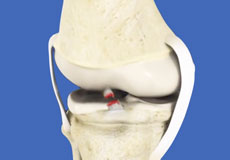
Pediatric ACL Tears
The anterior cruciate ligament (ACL) is a ligament that provides stability, reduces stress and prevents the knee from rotating or slipping out of position while jumping, running and landing. This ligament can tear during sports activities and exercise, as a result of a non-contact twisting injury, and is becoming a common injury in children.
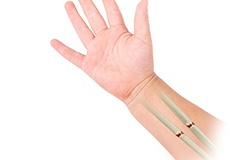
Forearm Fractures in Children
The radius (bone on the thumb side) and ulna (bone on the little-finger side) are the two bones of the forearm. Forearm fractures can occur near the wrist, near the elbow or in the middle of the forearm. Apart from this, the bones in children are prone to a unique injury known as a growth plate fracture.
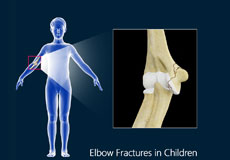
Elbow Fractures in Children
The arm in the human body is made up of three bones that join to form a hinge joint called the elbow. The upper arm bone or humerus connects from the shoulder to the elbow to form the top of the hinge joint. The lower arm or forearm consists of two bones, the radius, and the ulna.
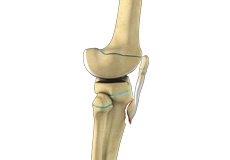
Pediatric Tibial Tubercle Fractures
Tibial tubercle fractures are quite rare occurrences that typically affect physically active adolescents between the age of 14 and 17. It is caused by violent tensile forces exerted over the tibial tuberosity (a bulge in the tibial bone) during activities involving sudden contraction of the knee extensors (springing and jumping).
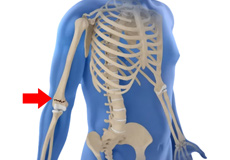
Pediatric Supracondylar Fractures
A pediatric supracondylar fracture is a break in the distal end of the humerus or upper arm bone just above the elbow joint in children. The elbow is a complex hinge joint formed by the articulation of three bones - humerus, radius and ulna. The upper arm bone or humerus connects the shoulder to the elbow forming the upper portion of the hinge joint.
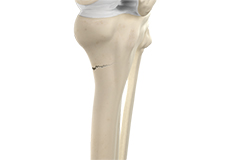
Tibia Fractures in Children
Fractures of the tibia, also called the shinbone, are a common injury in children. A crack or break in the tibia is referred to as a tibial fracture. Most breaks usually occur in the middle of the tibia or “tibial shaft”, known as a tibial shaft fracture.
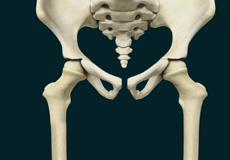
Pediatric Femur Fracture
The femur or thighbone is the largest and strongest bone in the human body. Pediatric thighbone fractures can occur when your child falls hard on the ground and gets hit during sports, automobile accidents and child abuse. In a thighbone fracture, the broken bones may be aligned or displaced.
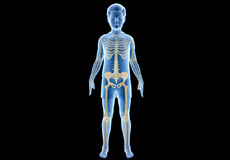
Intramedullary Nailing
Intramedullary nails are metal rods used to align and stabilize fractured fragments of long bones such as the femur (thigh bone) and tibia (shin bone). The rods are passed through the bone marrow at the center of these bones, across fracture sites. The rod is inserted through a small incision at either end of the bone and fixed at both ends with screws.
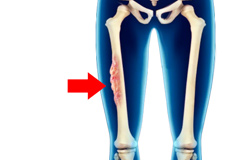
Pediatric Bone Sarcomas
Pediatric bone sarcomas are cancerous tumors that originate in or around the bones in children. They are most frequently found in the long bones of the extremities, but can also occur in the pelvis, ribs, and spine. There are different types of pediatric bone sarcomas and treatments vary depending on the location, severity, and type of the tumors.
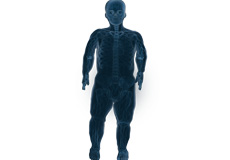
Pseudoachondroplasia
Pseudoachondroplasia is a form of dwarfism. It is a rare inherited disorder that affects bone growth. People with pseudoachondroplasia have a normal head size, intelligence, and facial features. However, they are small in stature - typically under 4 feet tall for both men and women.
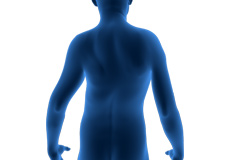
Congenital Muscular Dystrophy
Congenital muscular dystrophy (CMD) is a group of diseases affecting the muscles that occur at birth or during infancy. CMD is characterized by progressive muscle weakness and degeneration, severe joint stiffness (contractures) and delays in achieving motor milestones such as unassisted sitting or standing.
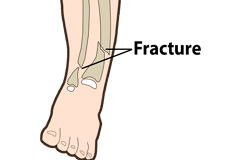
Congenital Pseudoarthrosis of the Tibia
Congenital pseudoarthrosis of the tibia is a rare condition that usually occurs in the first 2 years of life. In this condition, the tibia or shinbone is weak and undergoes fractures spontaneously or due to minor injury. The break does not heal properly forming an unstable fibrous joint (pseudoarthrosis) that can lead to complications.
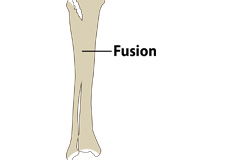
Congenital Knee Fusion
The knee joint is sometimes found to be fused at birth due to a developmental disorder. Congenital knee fusion, also called congenital synostosis of the knee, is a very rare condition that alters the structure of the limb and affects function.
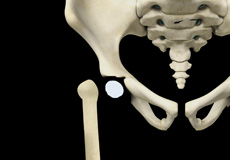
Congenital Femoral Deficiency
The femur also called the thighbone, is the long bone present in your legs. It connects the hip and the knee joint. Congenital femoral deficiency is a rare disorder of the lower limbs affecting young children. It is characterized by abnormal or incomplete development of the femur resulting in leg length discrepancy. It may affect one or both the lower limbs.
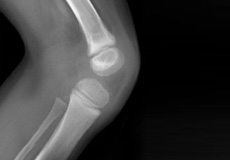
Congenital Absence of the Patella
Congenital absence of the patella is a rare condition in which the kneecap does not form or is abnormally small. It does not usually affect the functioning of the knee but may sometimes cause pain, deformity of the limb, and difficulty with movement.
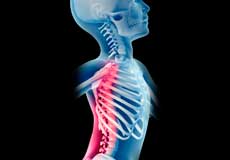
Back Pain in Children
Back pain is uncommon in children and is usually associated with a serious underlying condition or an injury. Often, the cause of back pain is non-specific and is thought to be due to musculoskeletal strain, poor posture, heavy school bags that are not worn correctly or underlying mood problems.

Scoliosis in Children
Scoliosis is an abnormal, sideways curvature of the spine. It is often diagnosed between infancy and early adolescence.

Kyphosis in Children
Kyphosis is an abnormal curvature of the spine that causes rounding of the upper back or a “hunchback”. The thoracic region in the spine normally has a C-shaped curve, but when it develops an excessive forward curve, it can lead to kyphosis. Kyphosis typically affects the thoracic spine but may also affect the cervical and lumbar spine.
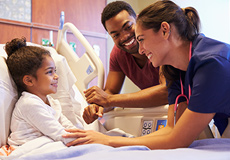
Postoperative Instructions Following Pediatric Orthopedic Surgery
Following surgery your child may need to stay in the hospital for a period of time depending on the type of surgery performed, the kind of anesthesia administered and your child’s condition. You will be informed as to what to expect. Your child will be carefully monitored by our expert team and will receive the care needed until he or she can safely go home.



 Book an Appointment
Book an Appointment
 Patient Portal
Patient Portal